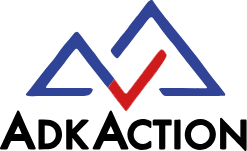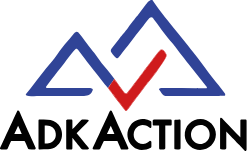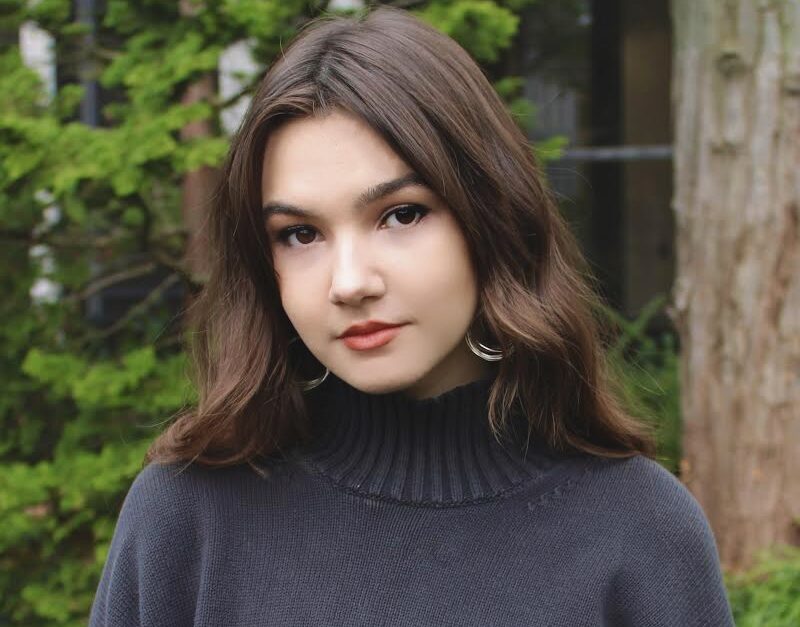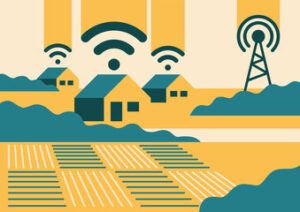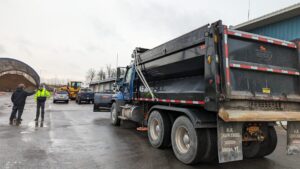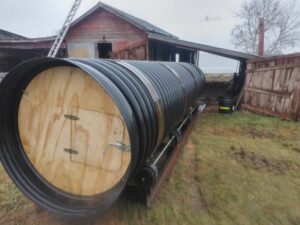AdkAction’s 2022 Tom Boothe Adirondack Intern is Colby Fortin, who has been working on food security programs and community arts projects, as well as working on a podcast project to document voices on topics AdkAction addresses like road salt and broadband.
The Tom Boothe Adirondack Internship Program was created to honor the legacy of past Board Chair Tom Boothe, who was known for bringing friends from around the world to introduce them to the immense natural beauty of the Adirondack Park, and was particularly motivated to engage young people in the work of making a positive impact on our region’s communities.
AdkAction Executive Director Sawyer Cresap sat down with Colby to ask…
Tell me a little about you, your ties to the Adirondacks, your interests?
One of the first things people know about me is that I am from the Adirondacks. As soon as I left the Adirondacks for college in Ohio, I realized what a significant part of my identity this region was. I was born and raised here, and so were my parents, and their parents, and most of my great grandparents, and so on. Specifically, I am from Peru, about five minutes outside the park. This place is integral to who I am–both in its beauty and struggles.
Growing up in the Adirondacks, I was interested in mental health access in rural spaces and social justice, which led me to go to Oberlin College where I studied American Studies and Politics. My specific academic background is in post-gender-based-violence trauma healing methods. How can art and policy work together to create individual and communal healing? As a result, I am interested in multi-layered organizations addressing communal needs, which has brought me to AdkAction.
Outside work, I like to run, tinker with various art forms, read non-fiction, and travel as much as possible.
What has your past experience been like, telling stories through podcasts?
During the onset of the pandemic in 2020, I moved to California on a whim. I hadn’t been west of Ohio, but I had friends out there and wanted to push myself to explore. Once there, I felt really, profoundly homesick. The physical distance and inability to come home due to travel restrictions and my parents working in healthcare struck me. So, I tried to create community by starting a podcast, Adirondack Queer, about my experience navigating those two identities. It was a pretty casual podcast but brought many cool people my way who also had interesting stories to tell. The experience of hearing people’s responses to my podcast is what made me interested in doing a more interview-based series.
What have you learned creating these AdkVoices podcasts?
So much, too much to enumerate. I have learned so much from everyone I met, even more than can even be represented through the snapshots of conversations kept in the podcasts. Every interview exceeded all expectations. I think it’s so cool to really see what justice and community building work is happening in my home region. It makes me proud and optimistic that this place I love is in good hands as I now go off to further my career and hopefully come back one day.
What were the interviews like?
People can often feel like a fish out of water being interviewed, and I definitely felt like a fish out of water interviewing from time to time. Still, in each scenario, I think we were both able to have a genuine conversation. I feel fortunate for the openness and, in a way, the hospitality of those I interviewed. Right now, I am thinking specifically of being with Adam at Tangleroot Farm and meeting his dog and cat, and chatting with Nat at Hub on the Hill about how we both lived in co-ops. Being in the Adirondacks, or just rural places, I feel like people can be pretty introverted and private—which I totally respect—so I am grateful for people’s openness about their work and beyond because these are all topics people are personally invested in.
How did you go about crafting a podcast about a complex issue?
Lots of humility. I tried to embrace what I did not know and open myself up to the expertise of everyone I met. I also felt very committed to doing this work justice and trying to craft storylines that would make contributors feel both heard and in dialogue with others and make listeners feel like they were along for a learning journey with me.
What do issues of food security, broadband access, and community arts mean to you now that you’ve spent so much time with them? Did that meaning change?
Coming into this role I thought, “This organization does a lot and it all feels so important. I want to know how it is balanced or compartmentalized.” Now I think this question feels even more important because I see how vital each individual project area is to creating a thriving Adirondack community. One theme that came up in the broadband and arts podcasts is how some may see these things as a luxury but they are necessities and we should treat them as such. I even more so believe this after creating AdkVoices. I hope this series gives each issue its due space and also shows the shared ethos behind supporting these project areas: the desire for a better Adirondacks for all.
What inspires you to tell stories through this medium?
I like how podcasts appeal to many age groups. I know people ages 6 through 60 who listen to podcasts. They also are a fairly non-invasive form of reporting. You can do multiple things at once while listening to a podcast, like driving, running, or even just having them in the background of a good conversation.
I also think I have a fair bit of nostalgia for listening to NPR growing up, so audio journalism kind of feels like making pancakes on Sunday mornings with my mom or sleepy car rides to school. We’d always inevitably end up inspired and chatting about the topics further. Podcasts open dialogues.
Has AdkAction’s mission and strategy taken on a different meaning now that you’ve been working with us for a summer?
I don’t know if it has taken on a new meaning because I feel like I entered with more curiosity than any set ideas. But I remember looking at AdkAction after I left the Adirondacks to college and thinking, “Wow, a lot of people love this place that I love,” and now I have names and faces of many of those people. The individuals I have met have given it new meaning just by being a tangible community.
What’s next for you? Where do you hope you’ll be in ten years?
In the immediate future, I am going to Brooklyn for a bit before I am off to Jogja, Indonesia this Fall. In Indonesia, I am going to be teaching in the Cultural Studies department of Universitas Gadjah Mada on a Fellowship through Oberlin Shansi. I am also the Fall 2022 Miles-Mulcahy Gender Equality Fellow at Save the Children International, so I am excited to keep exploring non-profits. Long term, I am thinking of Ph.D. programs to keep studying multi-layered responses to the gender-based-violence epidemic from a global perspective. I’d really like to either be a professor and continue my research or run a Rape Crisis Center. Maybe both. Maybe in the Adirondacks.
What are you dreaming of?
Gosh, getting this question flipped on me is so funny because I have spent a lot of the summer watching people be a little baffled by the breadth of similar questions. Among other things, I am dreaming of that feeling of being far away from home and missing it so much you can feel it in your bones. After this summer I feel like that feeling will be at a whole new level. I have really come to know this place in a new way. I feel really lucky that I have a place to love and miss as much as here.
Listen to the podcast here:
